The biennale’s 50 site-specific installations will light up the Swiss town for three weeks. Here, we speak to the festival’s director Stefano Stoll about its bold, playful, and unpretentious approach
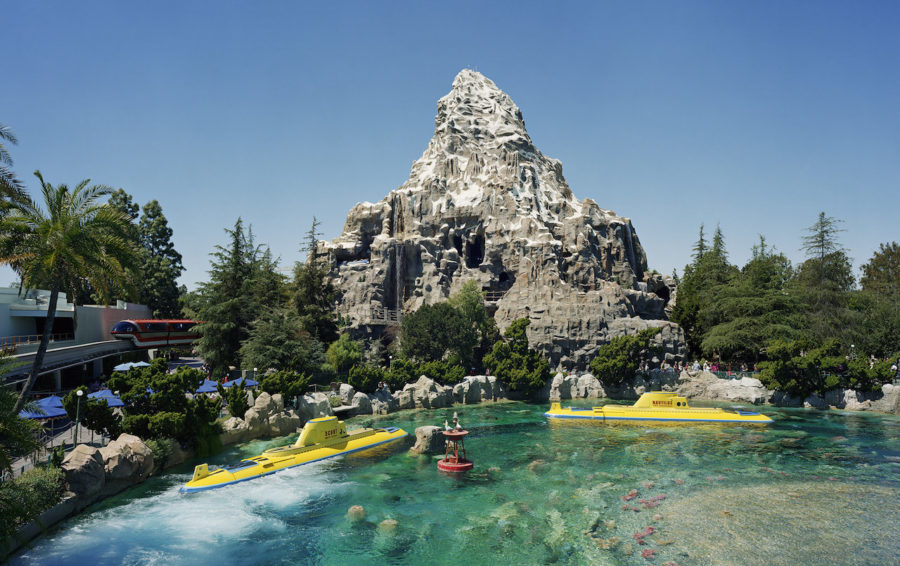

The biennale’s 50 site-specific installations will light up the Swiss town for three weeks. Here, we speak to the festival’s director Stefano Stoll about its bold, playful, and unpretentious approach
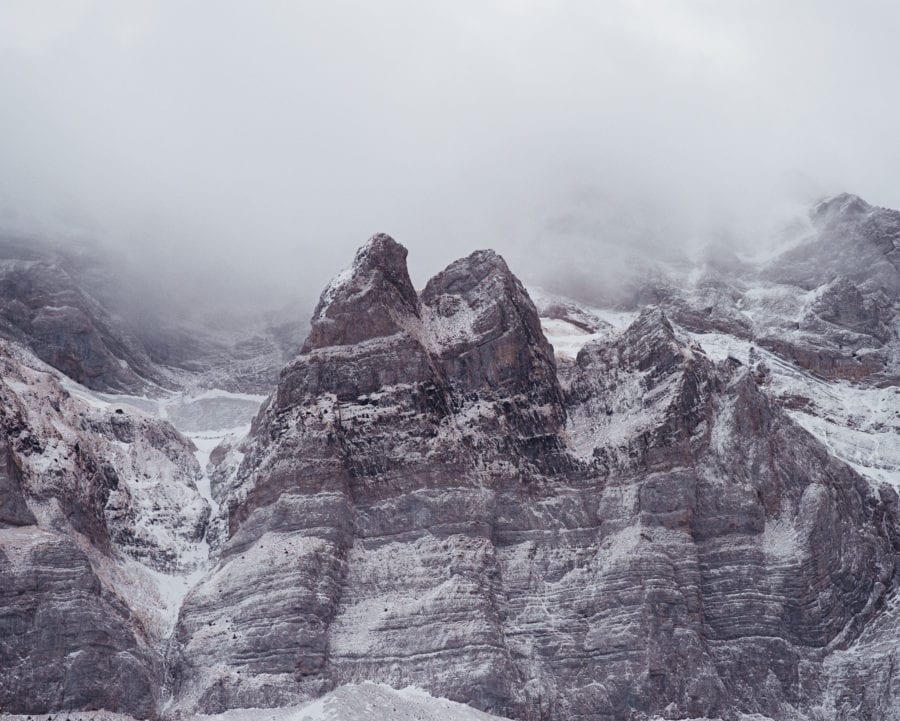
Shot over four winters, the photobook Via Lactea documents the lives of both cattle and farmers amid the harsh climate of the Swiss Alps
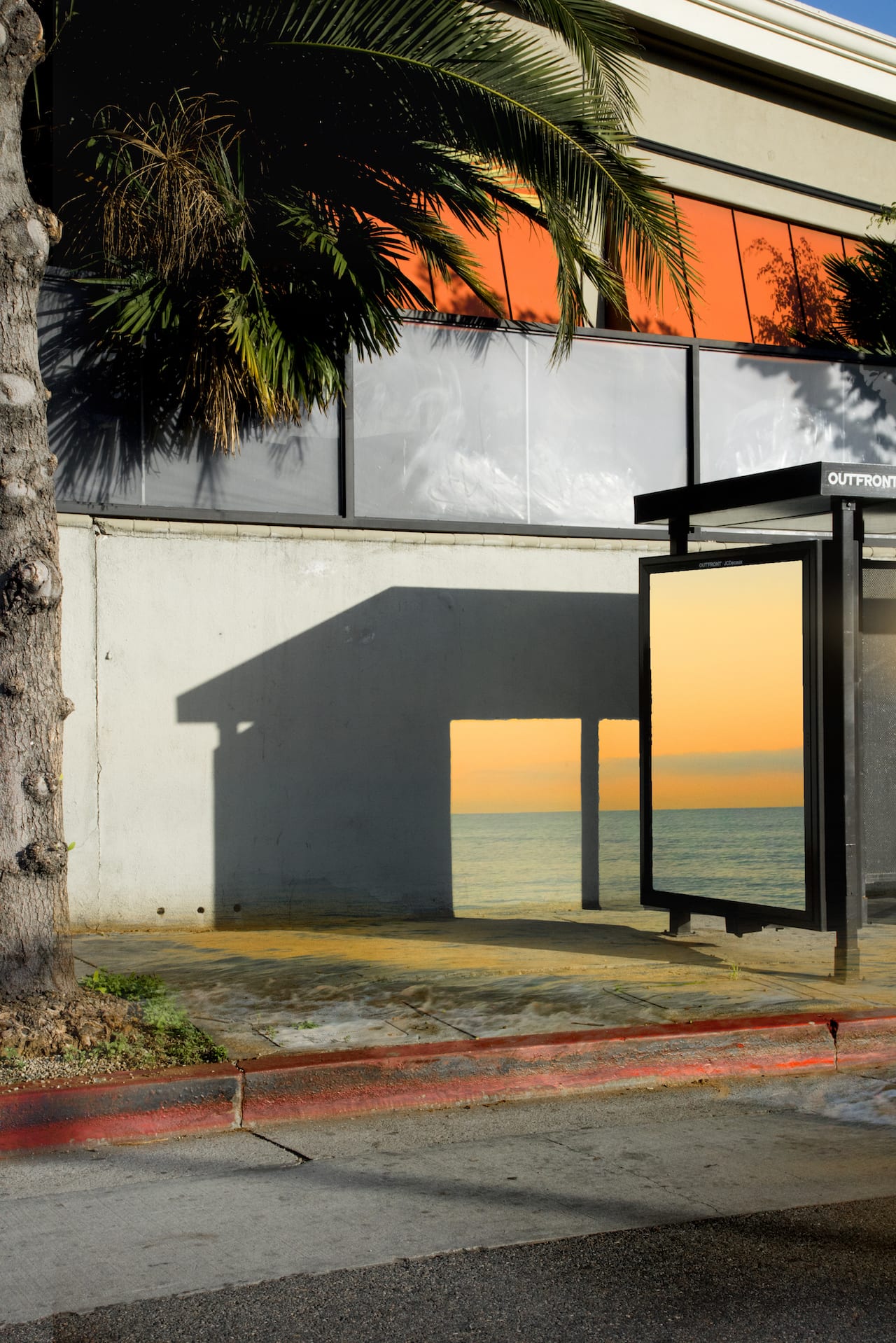
When Kanghee Kim started making photographs, it was out of frustration. Due to visa complications,…
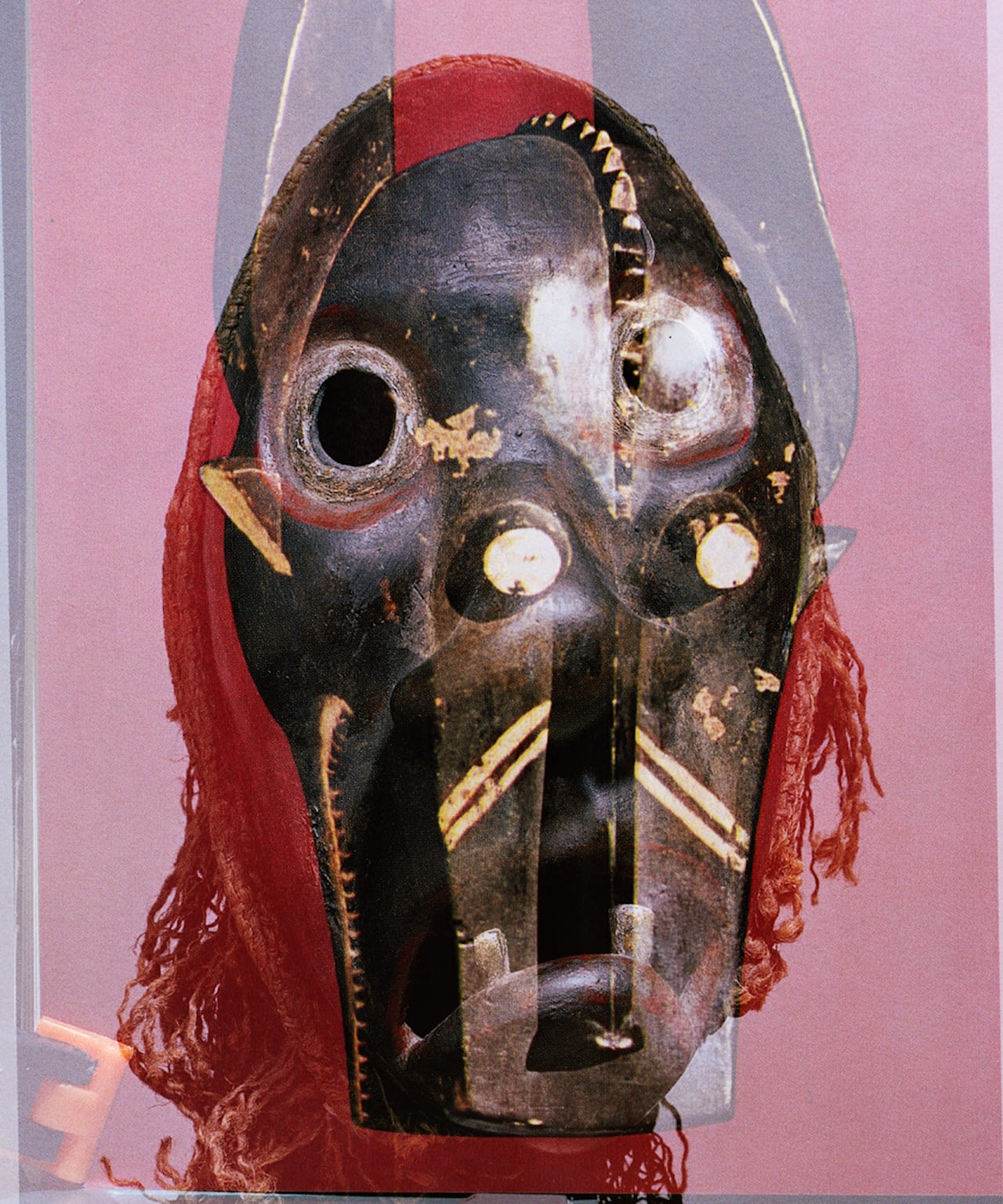
For his new book, Swiss artists Michael Etzensperger makes double exposures of pictures of masks from books of masks from all over the world. Historically, one of the most significant uses for photography is in the reproduction of historical and cultural artefacts for books. Studies such as art history and anthropology were hugely progressed by the invention of the camera, creating a largely overlooked photographic genre that has been the on-going concern for Swiss artist Michael Etzensperger.
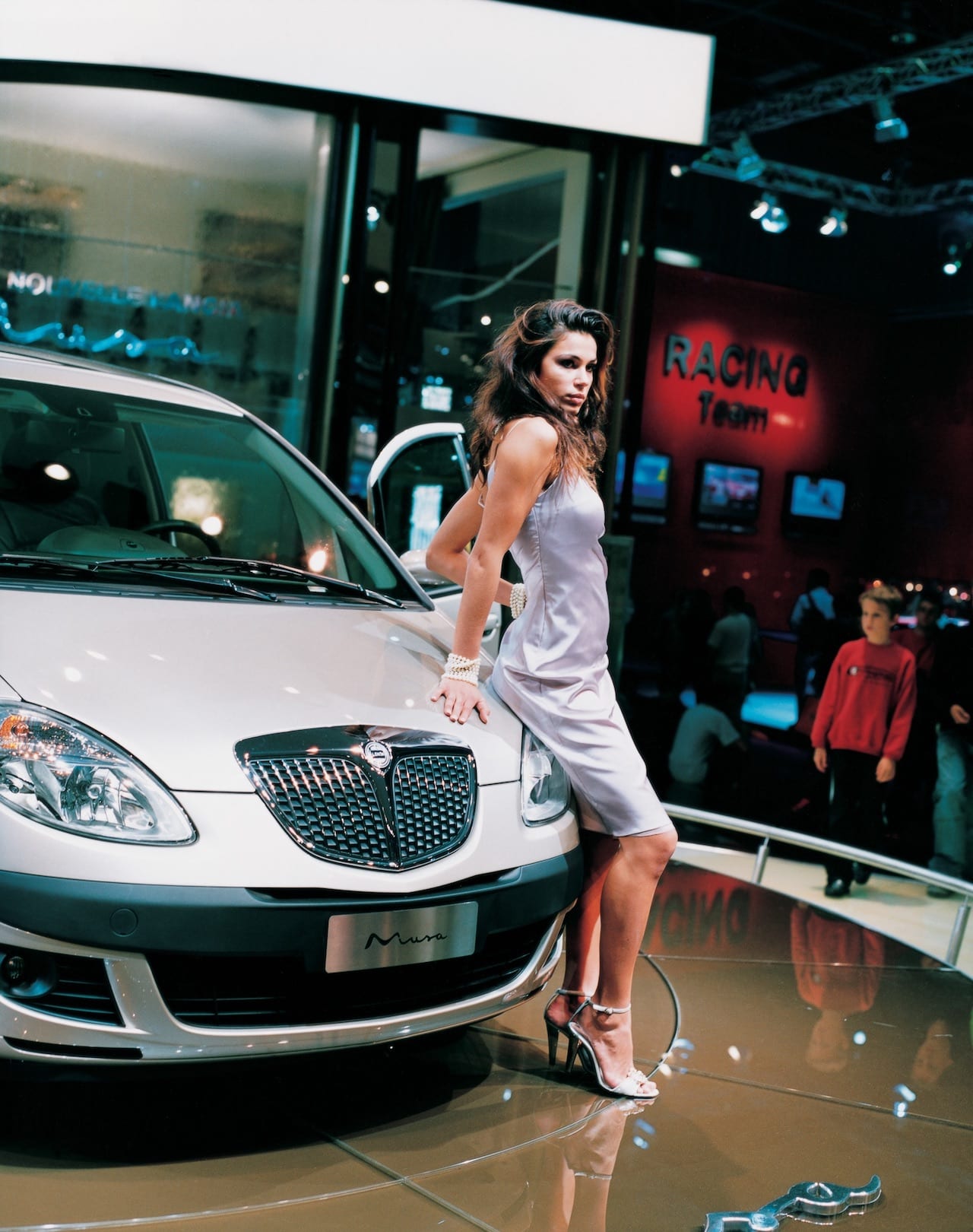
“I was trained as a sculptor, and this was the first time I had used the camera,” wrote Jacqueline Hassink in the Financial Times in 2011, of her breakthrough project The Table of Power. Between 1993 and 1995 Hassink contacted forty of the largest multinational corporations in Europe, asking to photograph their boardrooms. “I wanted to find a table that symbolised modern society’s most important value: economic power,” she writes. Nineteen refused, while the remaining 21, in Britain, the Netherlands, Germany, France, Switzerland and Italy, eventually agreed.
The book was published in 1996; it was the first time that photographs of these places had been made public, and in the spring of 2009, after the global recession, Hassink decided to revisit the boardrooms. With The Table of Power 2, she examined how boardroom design, revenue and employee numbers had changed over the intervening years.
Hassink, who has died aged just 52, was born in Enschede, the Netherlands, on 15 July 1966. She trained to be a sculptor at the Royal Academy of Art in The Hague, and then at the Trondheim Academy of Fine Art in Norway, but after graduating in 1992, presented herself mainly as a photographer, publishing nine books – including another celebrated title, Car Girls, in 2009. It was shot over five years at car shows across seven cities in three different continents, including New York, Paris, Geneva, Tokyo, Detroit, and Shanghai, focusing in on differing cultural standards on ideals of beauty on the women paid to pose with the cars.
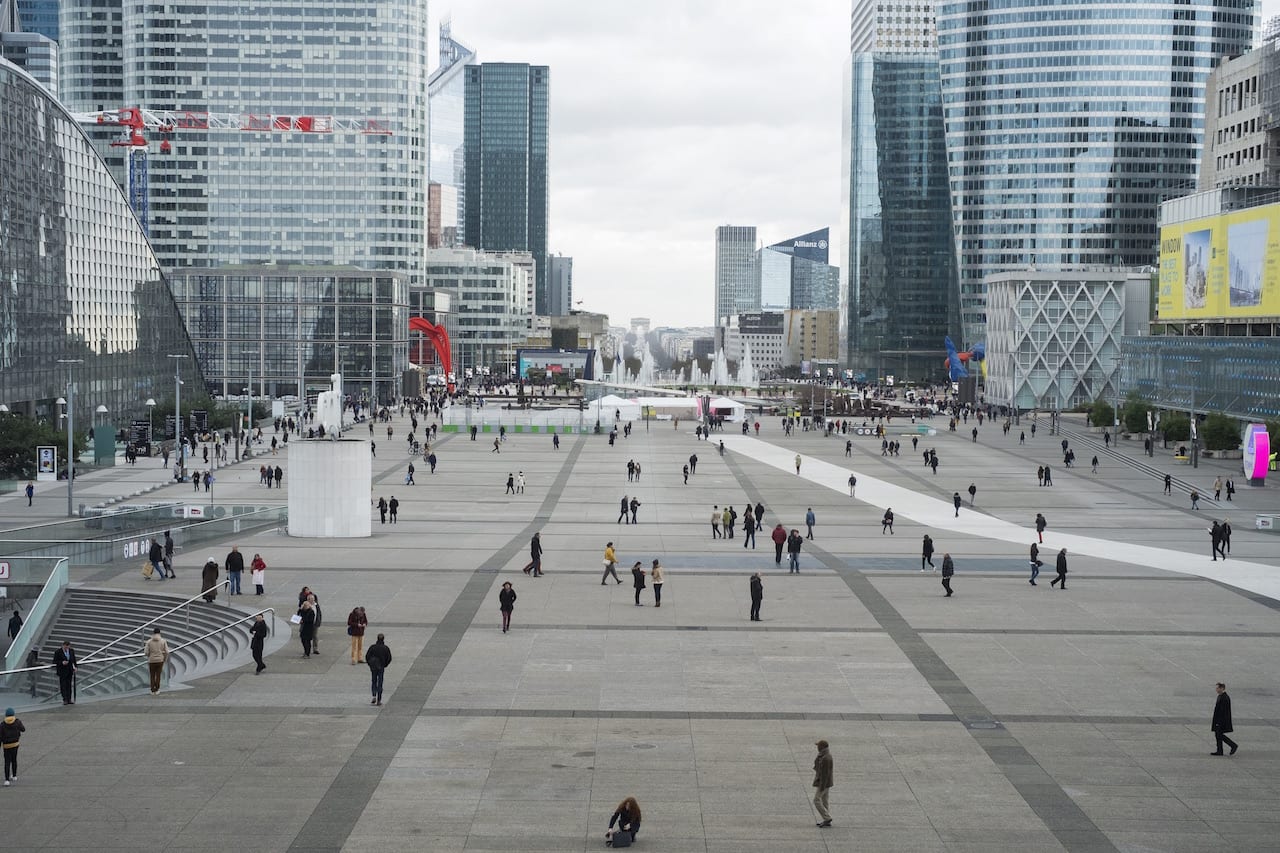
Paulien Oltheten has won the Arles New Discovery Award with her series La Défense, le regard qui s’essaye. Rencontres d’Arles will now buy €15,000 of her work, and add it to the festival collection.
La Défense, le regard qui s’essaye encompasses a video essay, a photo series, and a collection of objects, and was shot mainly in the La Défense financial district in Paris. Recording people going about their everyday lives, the series creates imaginary links between them, adding a fictional element to a documentary project, and a layer of poetry to the otherwise unremarkable. Born in 1982 in Nijmegen, Netherlands, Oltheten studied at the Rijksakademie in Amsterdam, and is now based in Amsterdam and Paris.
Oltheten was selected from the ten photographers who made it into the Arles New Discovery Award exhibition this year – Sinzo Aanza, Monica Alcazar-Duarte, Christto & Andrew, Anne Golas, Chandan Gomes, Thomas Hauser, Anton Roland Laub, Ali Mobasser, Feng Li, Aurore Valade, and Wiktoria Wojciechowska.
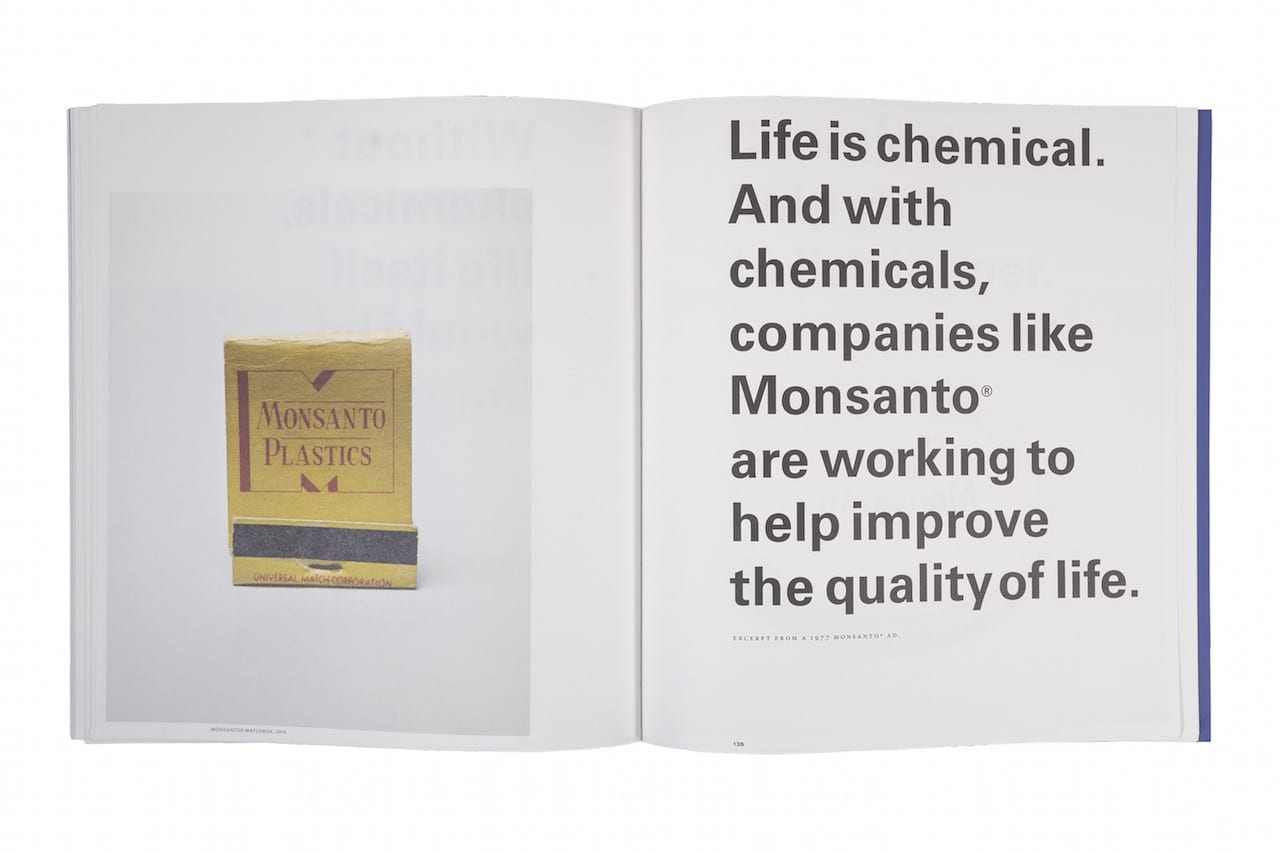
“Asselin’s Monsanto® is a courageous, investigative project that connects evidence-driven photography and visual research to the democratisation of knowledge; it’s important that this book exists in physical form, as a document, and not just in the virtual world,” says Cristiano Raimondi of Mathieu Asselin’s photobook Monsanto®. A Photographic Investigation. Raimondi is head of development and international projects at the New National Museum of Monaco and an invited curator for Platform 2017 at this year’s Paris Photo, but he’s speaking as a jury member for the 2017 Paris Photo-Aperture Foundation PhotoBook Awards because Asselin’s book has just won the prestigious First PhotoBook prize.
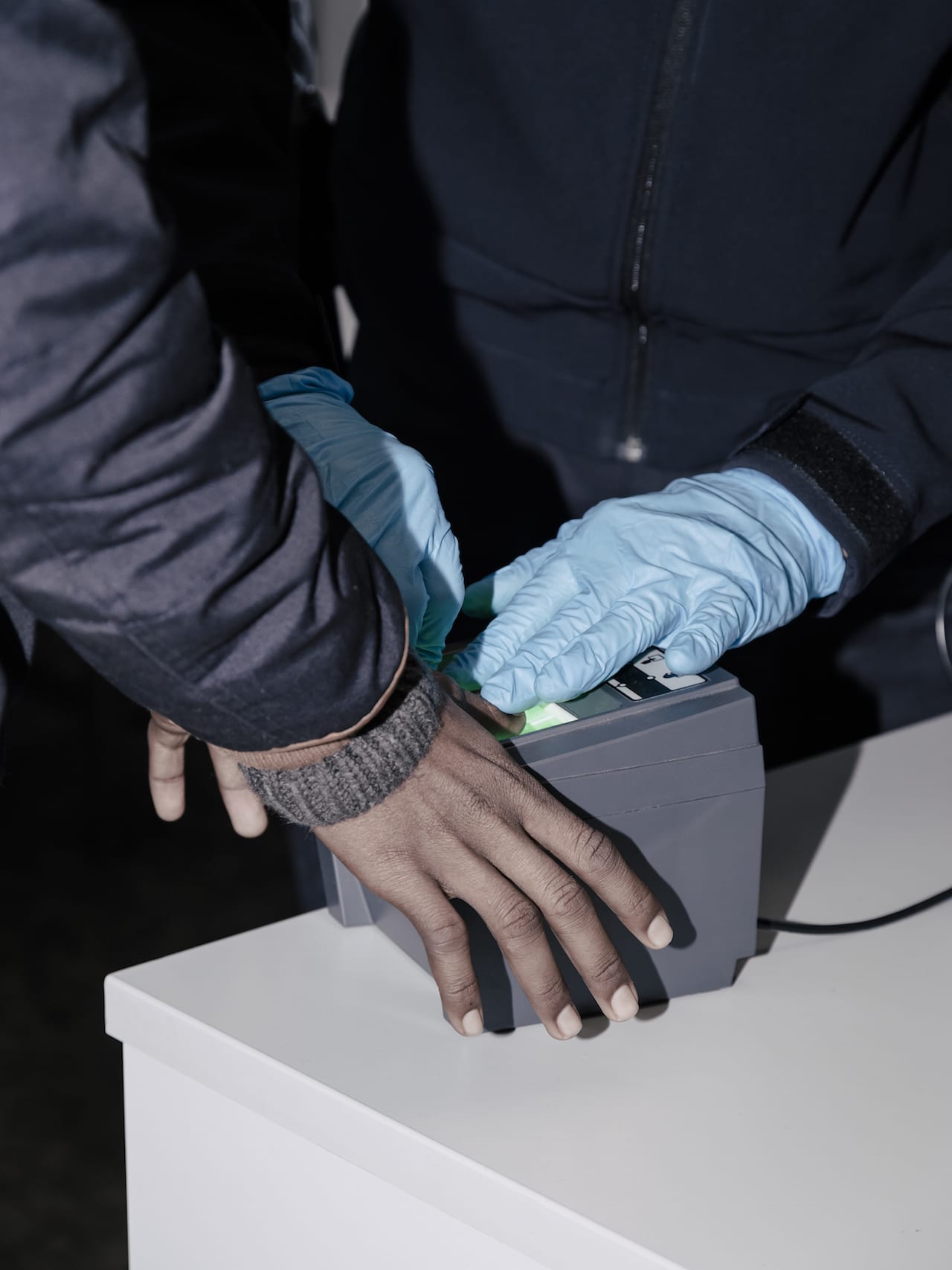
How to secure a country investigates the abstract concepts of border and security in one…